Augment Reality
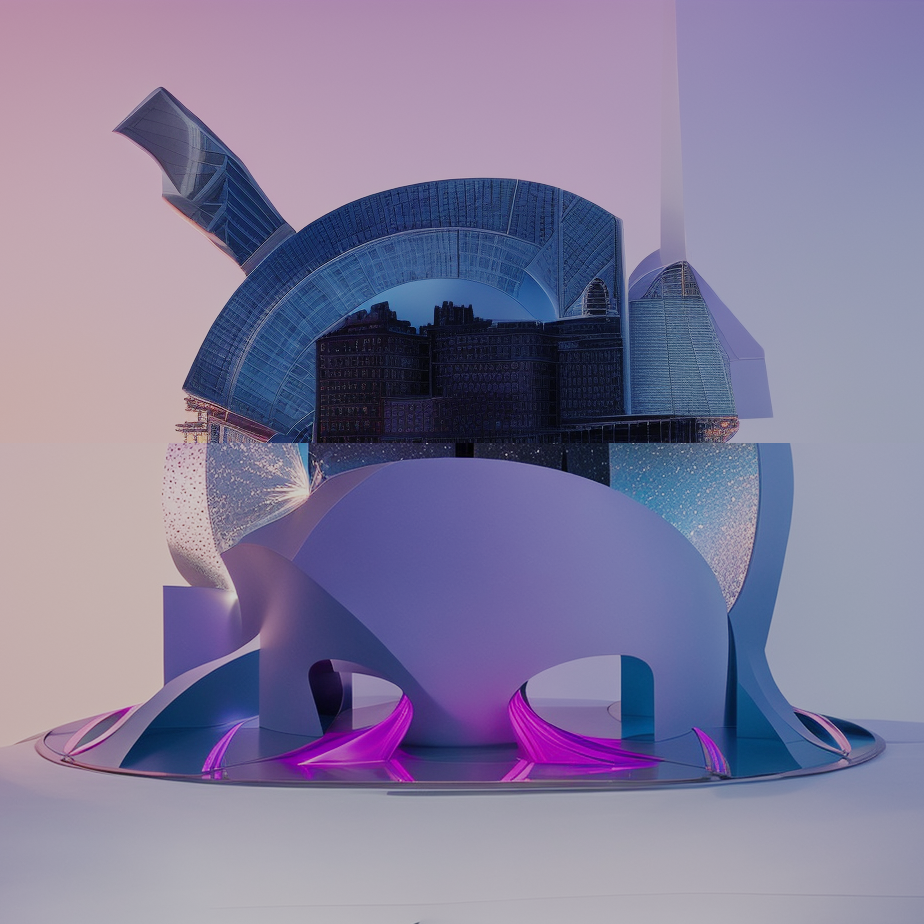
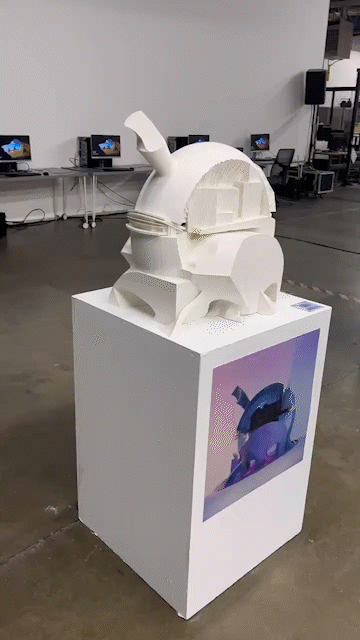
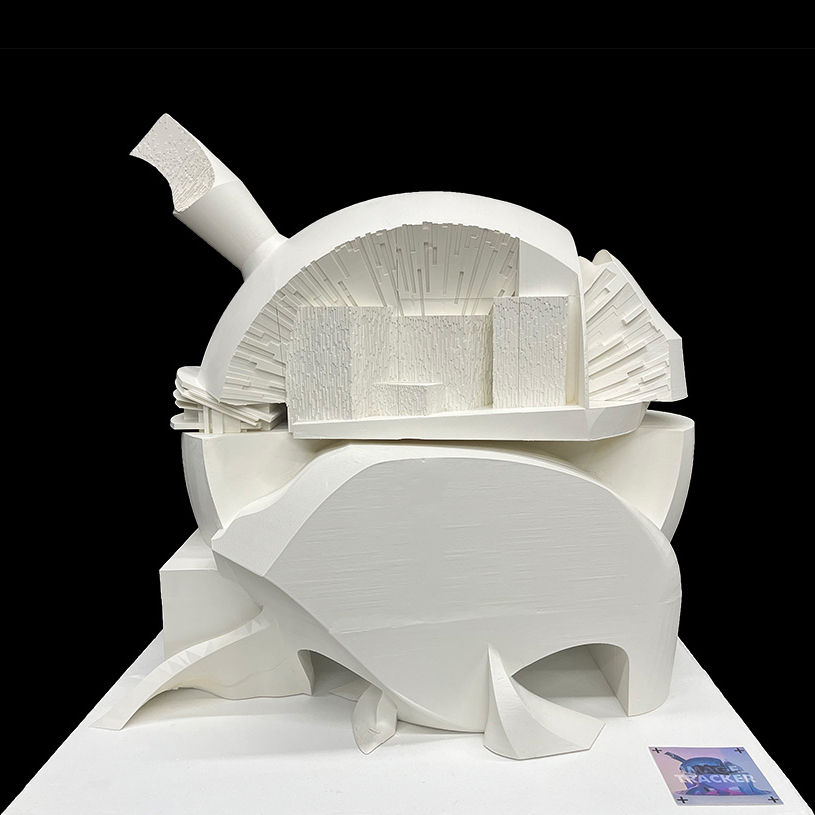
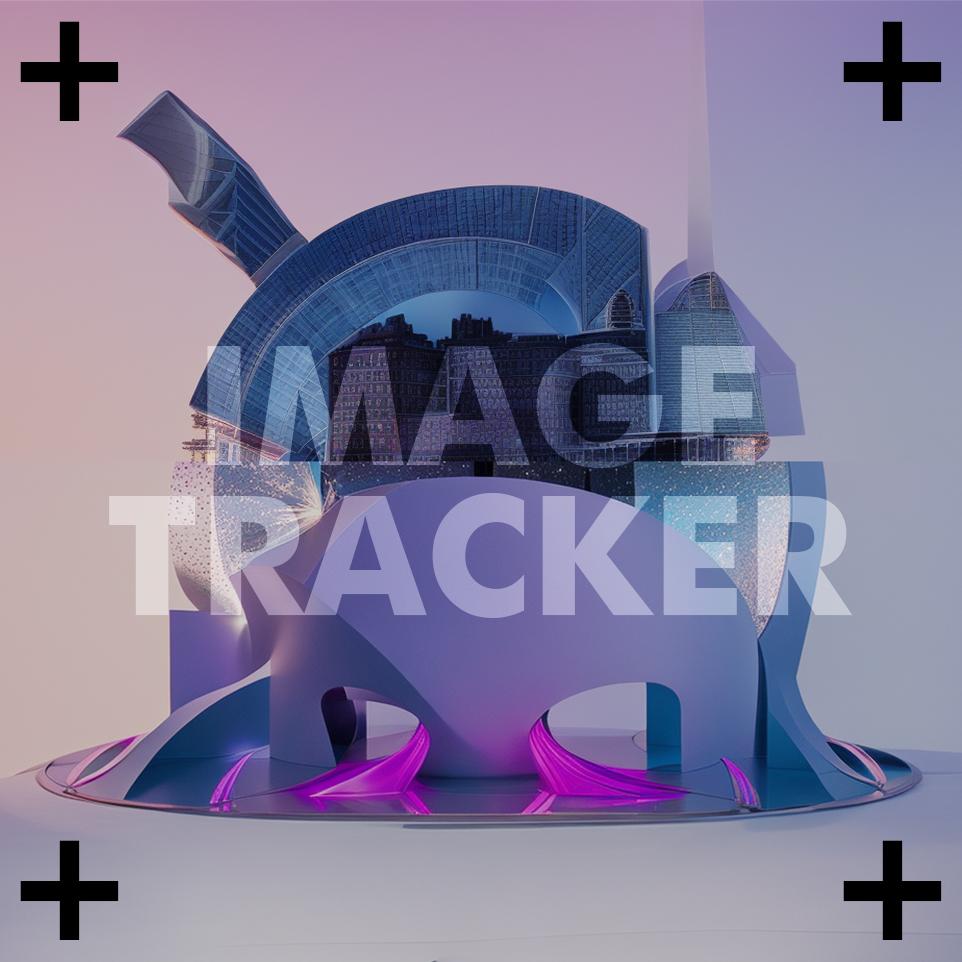
Augment Reality
Augmented reality (AR) technology can be a valuable tool for architects during the design process, and my work demonstrates how AR can be used to enhance the design process. By combining models in Blender and using AI and prompts to generate images, we were able to select appropriate images and model them in Rhino, creating physical models using 3D printing.
To showcase these models, I developed an AR application in Unity and C# that uses QR code recognition to locate the model and display a virtual version in the app. With this AR technology, clients can swipe left and right or up and down in the app to replace different parts of the model with different materials, providing a visual representation of various material combinations. Additionally, clicking on the screen generates random agents that navigate through the model, providing an interactive experience between the architect and the building.
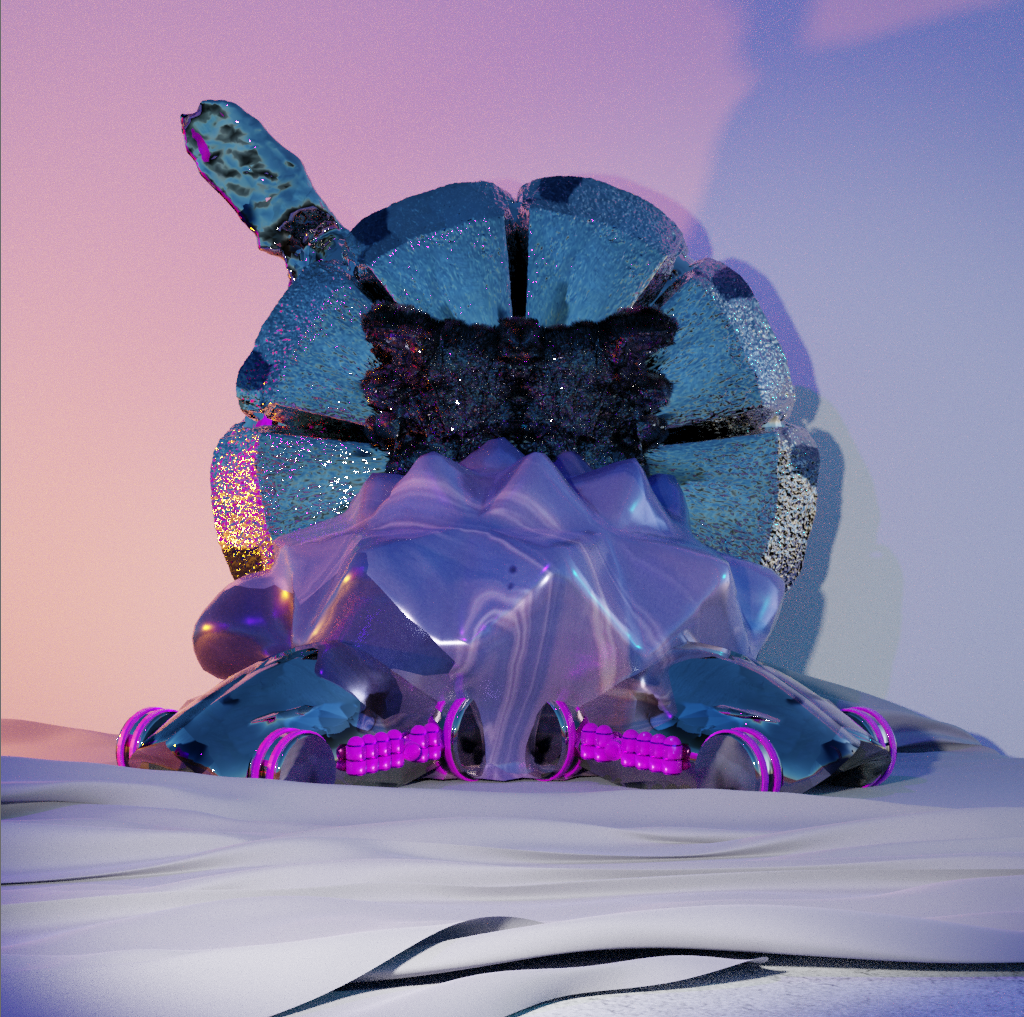
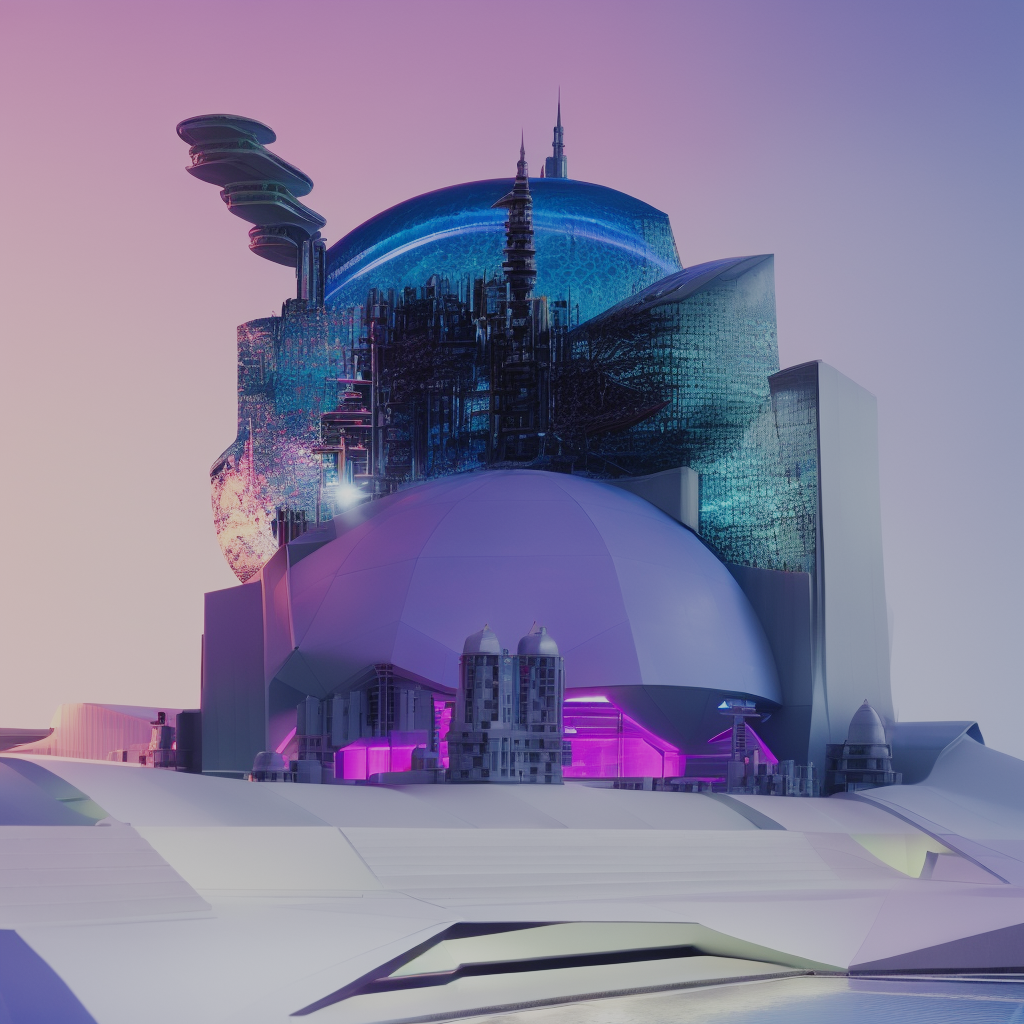

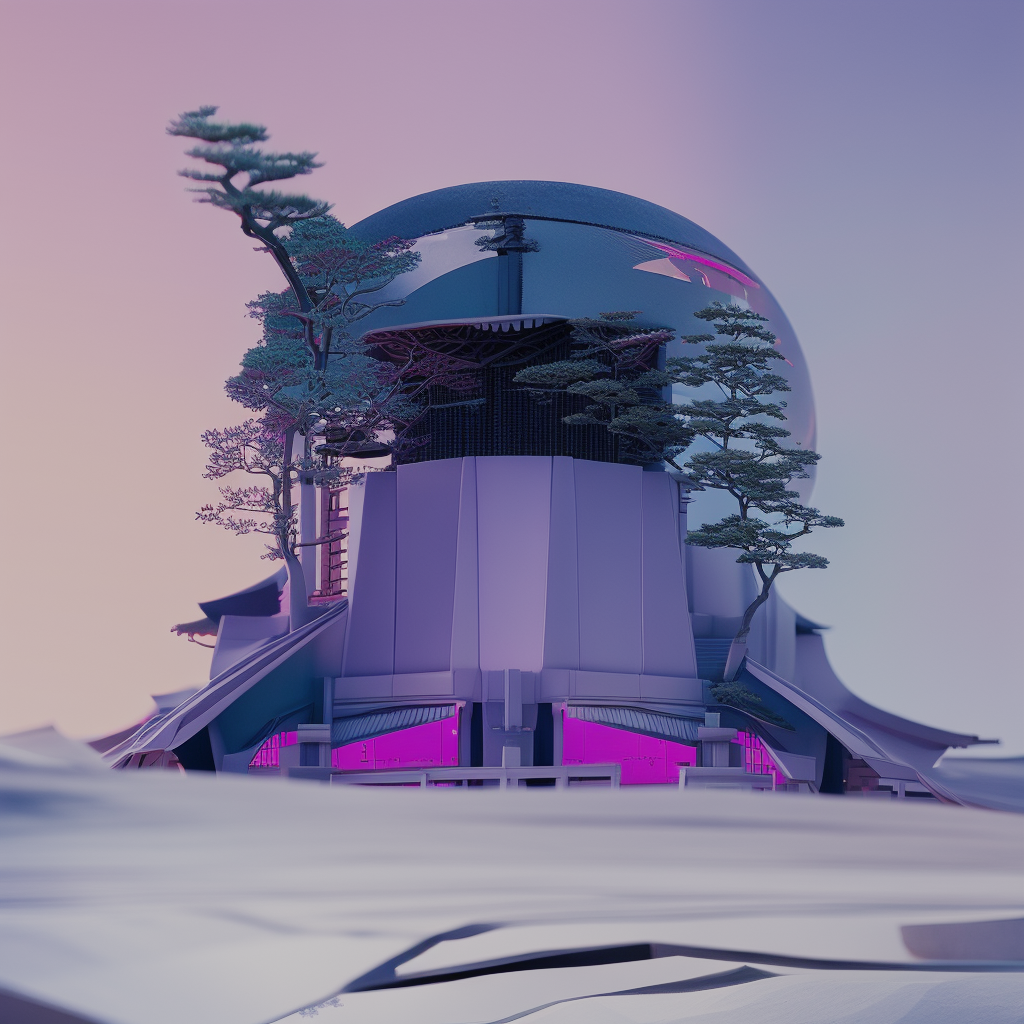

This AR technology allows architects to visualize and manipulate digital models in real-world environments, providing a more intuitive and immersive experience compared to traditional 2D or 3D modeling. By superimposing digital models onto physical spaces, architects can see how the design fits into the surrounding environment, allowing them to make more informed design decisions and identify potential issues before construction begins.
Furthermore, AR technology can facilitate collaboration among architects, clients, and other stakeholders. By allowing stakeholders to see and interact with the design in real-time, AR technology provides valuable feedback and allows for more efficient communication and decision-making.
In summary, my work using AR technology shows the potential for this technology to transform the way architects design and communicate their ideas, leading to more efficient and effective design processes and ultimately better-built environments.
Augment Reality
